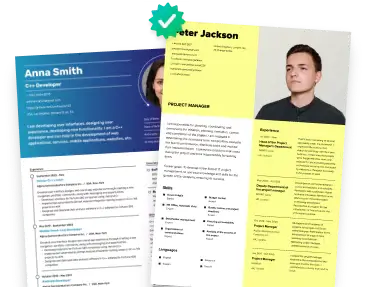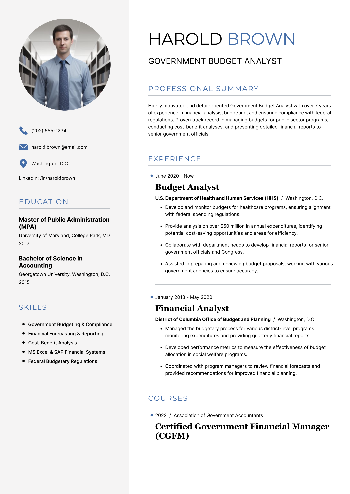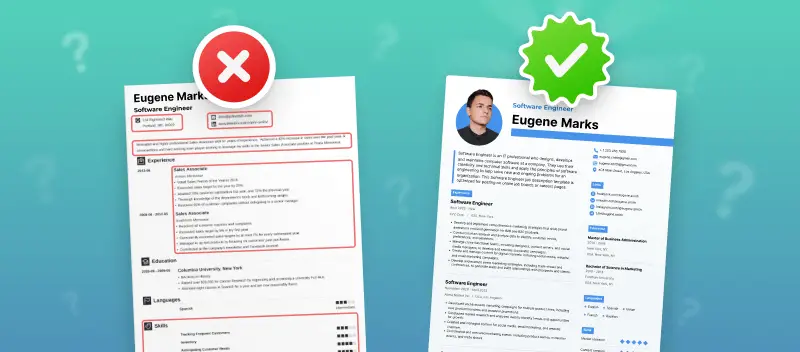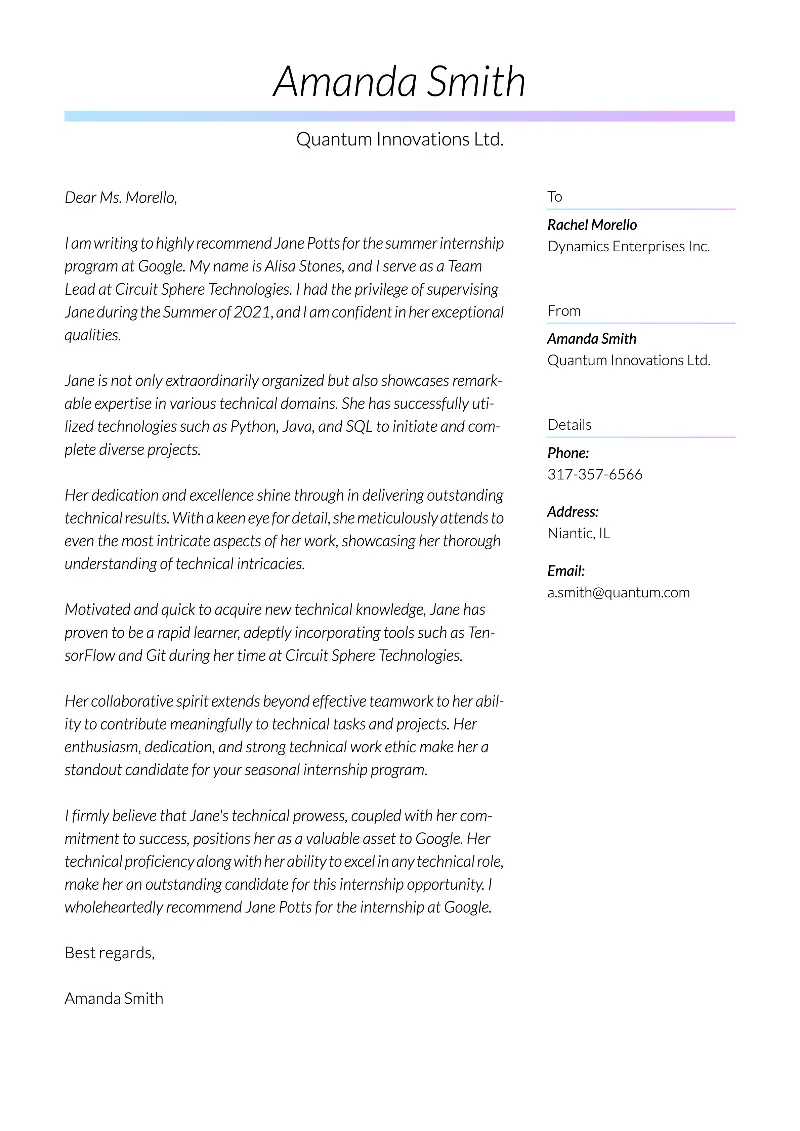When job hunting, understanding how to put security clearance on your resume is crucial for standing out in fields that require access to classified information.
Whether you're a government contractor, military veteran, or applying to a private sector company, showcasing your status properly can open doors to high-level positions.
This guide will help you navigate the best practices for listing security clearance on a resume in a way that highlights your qualifications and adheres to industry standards.
What is a security clearance?
A security clearance is an official authorization granted to an individual. It allows them access to classified information or areas that are restricted due to state secrets or sensitive business operations.
Security clearances are typically required for jobs in industries such as government, defense, intelligence, and sometimes even private companies working on classified projects.
Common security clearance levels include:
- Confidential – The lowest level, typically for information that could harm national security if disclosed.
- Secret – A higher level, for information that, if disclosed, could seriously damage national security.
- Top Secret – The highest level, for the most sensitive information, access to which could cause grave damage to national security.
- Sensitive Compartmented Information (SCI) – A subset of Top Secret clearance, granting highly specific and compartmentalized information.
- Special Access Programs (SAP) – Access to particularly sensitive programs and projects within Top Secret classification.
- No Foreign Dissemination (NOFORN) – A restriction indicating that information must not be shared with foreign nationals, regardless of clearance.
Obtaining resume security clearance usually involves a thorough background check, which can include criminal history, financial status, and even interviews with colleagues and family members.
The process can take several months, depending on the level and the complexity of the investigation.
- Should I put security clearance on my resume?
While you’re not required to mention you have security clearance, it can be a strategic decision depending on the type of job you're applying for.
When to include security clearance on resume:
- Essential for positions requiring access to sensitive information.
- Important in government, defense, and intelligence sectors.
- Shows you've passed a thorough background check.
- Recruiters may prefer candidates with existing clearance.
- Demonstrates trustworthiness and reliability to potential employers.
When to omit security clearance on resume:
- Avoid listing if it’s no longer valid.
- If the role doesn’t need clearance.
- If including it could raise security concerns in non-sensitive industries.
Create your professional Resume in 10 minutes for FREE
Build My Resume
How to put security clearance on a resume?
If the job specifically requires security clearance, make sure to place the clearance near the top of your resume or in a section that aligns with the job description.
This makes it easy for the employer to see that you're eligible for the position.
Be specific about the type and level of clearance you hold. For example:
Secret (S), U.S. Department of Defense, Active
If applicable, you can also mention any concrete compartmentalized clearances that you hold, like SCI (Sensitive Compartmented Information) or SAP (Special Access Programs).
- Where to put security clearance on a resume?
Near the top (if the job requires it)
If the role requires a specific clearance, you can list it at the top of the page, either in your summary or in a separate section. This immediately draws attention to your eligibility for the position.
Professional Summary
Experienced intelligence analyst with Top Secret (TS) clearance, specializing in defense-related projects. Proven track record in managing sensitive and classified information.
Professional experience
If your job involved handling classified information, you can also integrate your clearance into your job description in the experience section. This can give the employer context about your responsibility level.
Example:
Intelligence Analyst
Lockheed Martin, Washington, D.C.
January 2019 – July 2025
- Conducted in-depth analysis of classified intelligence reports and provided actionable recommendations to senior military and government officials.
- Managed a Top Secret (TS) clearance to handle Sensitive Compartmented Information (SCI) while ensuring compliance with all security protocols.
- Collaborated with cross-functional teams to support high-priority defense projects, including data analysis for national security operations.
- Led briefings for senior leaders, presenting complex data in an understandable format to inform decision-making processes.
At the end (if the job doesn't require it)
If your security clearance isn’t a key requirement for the role but could still be an asset, you can list it near the bottom of your resume in a separate section like "Additional Information" or "Certifications".
Top Secret (TS), Sensitive Compartmented Information (SCI), U.S. Department of Defense, Active
Example of how to list security clearance on a resume
Dale Reyes
Location: Springfield, IL
Phone: (555) 123-4567
Email: dalereyes@email.com
LinkedIn: /in/dalereyesObjective
Dedicated and highly skilled cybersecurity professional with 8+ years of experience in information security, risk management, and network defense. Seeking to leverage expertise in a challenging role with a government contractor or defense company to support national security initiatives.
Security Clearance
Top Secret (TS) Clearance, granted January 2023
Sensitive Compartmented Information (SCI) eligible
Professional Experience
Cybersecurity Analyst
Northrop Grumman – Washington, D.C.
January 2022 – Present
- Provide cybersecurity support for federal contracts, ensuring compliance with government security policies and protocols.
- Perform vulnerability assessments and penetration testing on classified government systems.
- Monitor and analyze network traffic for potential security incidents.
- Develop and maintain security documentation for government clients, ensuring secure data transmission and storage.
- Collaborate with security teams to design and implement strategies for mitigating potential cyber threats.
Information Security Specialist
Lockheed Martin – Denver, CO
June 2018 – December 2021
- Managed cybersecurity measures for sensitive defense projects, including ensuring compliance with National Institute of Standards and Technology (NIST) standards.
- Conducted risk assessments and vulnerability scanning on classified systems used by the Department of Defense.
- Trained junior staff on cybersecurity best practices and threat detection techniques.
- Assisted in the development of secure software solutions for military applications.
Education
Bachelor of Science in Cybersecurity
University of Illinois – Urbana-Champaign, IL
Graduated: May 2018
Certifications
- Certified Information Systems Security Professional (CISSP) – 2020
- Certified Ethical Hacker (CEH) – 2019
- CompTIA Security+ – 2018
Skills
- Risk Management and Mitigation
- Vulnerability Assessments and Penetration Testing
- NIST, FISMA, and CIS Security Frameworks
- Network Security and Defense
- Incident Response and Forensics
- Encryption and Secure Data Handling
- Threat Intelligence Analysis
- Cloud Security Architecture and Compliance
- Security Information and Event Management (SIEM)
- Identity and Access Management (IAM)
Professional Memberships
- Information Systems Security Association (ISSA)
- International Information Systems Security Certification Consortium (ISC2)
Conclusion
Putting security clearance on your resume is an important step in making yourself a competitive candidate for positions requiring access to sensitive information.
By following the best practices outlined above, you can ensure that your clearance is properly presented and increases your chances of securing your next role.
Make sure to build a resume that is impressive and professional and update it regularly to reflect the most current status.
Create your professional Resume in 10 minutes for FREE
Build My Resume






